Why is it covered with tinplate
1. Good sealing
The barrier of packaging containers to air and other volatile gases is very important for the preservation of nutrients and sensory quality. Compared with various fruit juice packaging containers, it is proved that the oxygen permeability of the container directly affects the browning of fruit juice and the storage of vitamin C; 4. Metal cans, glass bottles, aluminum foil adhesive layers and paper boxes with low oxygen permeability in iron boxes can better keep vitamin C, especially iron cans.
2. Tin has a restorative effect
The tin on the inner wall of the mouth iron will react with the oxygen remaining in the container during filling, reducing the opportunity for food ingredients to be oxidized. The recovery effect of tin has a good storage effect on the flavor and color of light colored fruits and fruit juices. Therefore, the juice cans packed with unpainted iron are better than those packed with other packaging materials for nutritional storage. The browning changes slightly, and the flavor quality has a good tolerance, so the storage life is extended.
3. Light opacity of materials
In addition to causing deterioration of food, light will also cause changes in protein and amino acids. Vitamin C is more likely to react with other food ingredients when it is illuminated by light, resulting in a large loss. According to research and analysis, the loss of vitamin C of milk in transparent glass bottles is 14 times higher than that of milk in dark bottles. Light can also cause milk to produce oxidation odor, as well as the decomposition of the nuclide methionine, which will cause loss of nutritional value. The impermeability of tin cans makes the storage rate of vitamin C high
4. Provide iron content required by human body
For iron boxed food, except for a few light colored fruit and juice cans, most of them use empty cans with internal paint to improve the corrosion resistance of containers; Due to the electrochemical action of the genus, a small amount of iron will be dissolved from the canned food in paint cans during storage. It exists in the sealed canned food in the form of divalent iron and is easily absorbed by the human body, with the amount of about 1 to 10 ppm. As far as fruit and vegetable products are concerned, the iron content of raw materials is not much. Iron can products are calculated based on the iron content of 5 ppm in a 350ml beverage can. Each can can provide 1.75 mg of iron, which is about one tenth of the daily intake of 18 mg.
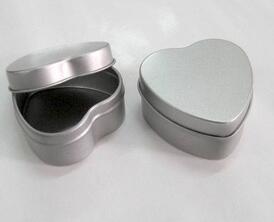

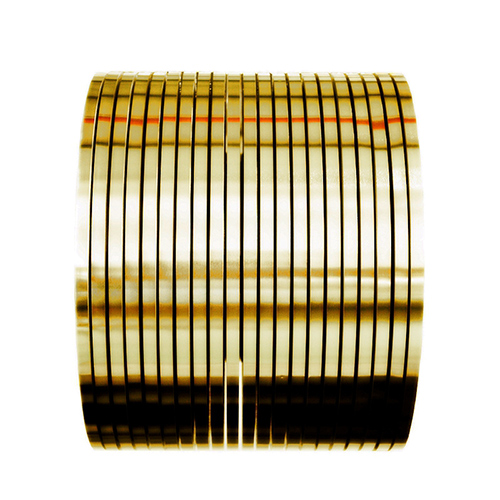
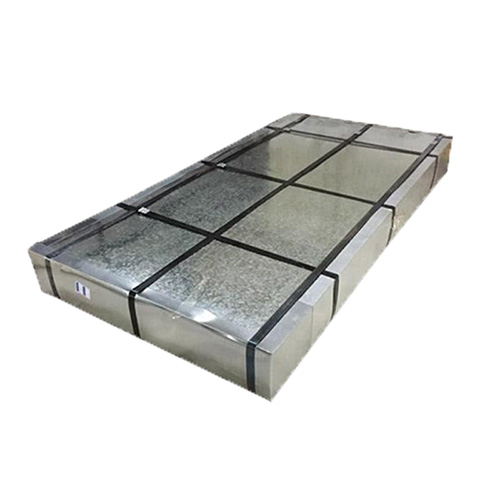
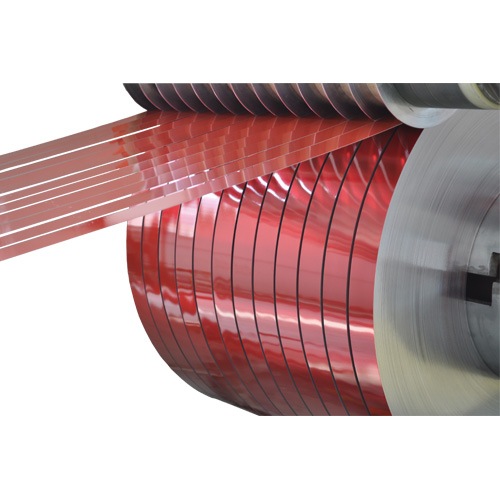
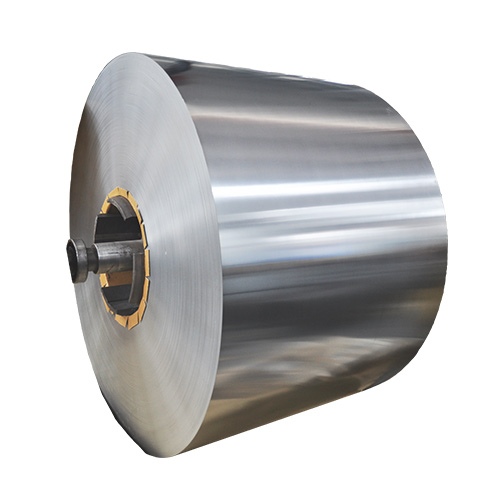
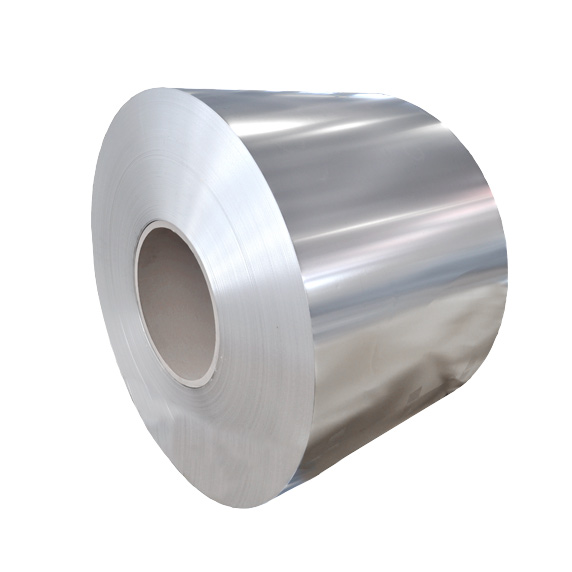
 Scan to add WeChat
Scan to add WeChat